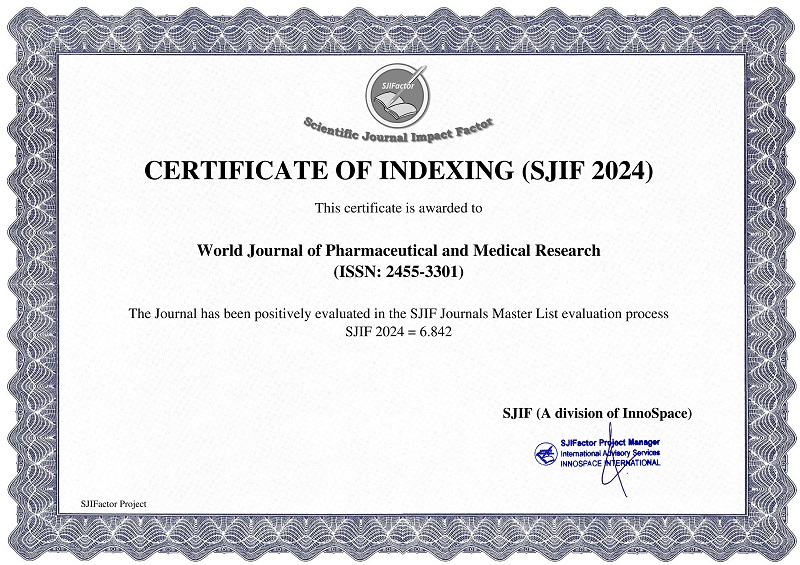AN IN-DEPTH REVIEW OF THE ANALYTICAL METHODS FOR LUMACAFTOR AND IVACAFTOR
Sahana K.*, T. Srinivasa Rao, Chandanam Sreedhar, Harsha K. Tripathy, Manju S. V. and Nimitha M. H.
ABSTRACT
Cystic fibrosis (CF) is a genetic condition resulting from mutations in the CFTR gene, which leads to dysfunctional chloride channels that impact several organs, particularly the lungs and pancreas. Ivacaftor and lumacaftor are new modulators of the cystic fibrosis transmembrane conductance regulator (CFTR) aimed at enhancing chloride transport in patients with certain CFTR mutations. Ivacaftor serves as a potentiator, boosting the function of the CFTR protein, while lumacaftor aids in the proper folding and movement of the CFTR protein to the cell surface. This review examines the profiles of lumacaftor and ivacaftor, concentrating on their mechanisms of action, structural features, and therapeutic roles in CF management. Furthermore, it discusses various analytical methods, including chromatographic techniques like HPLC and spectroscopic methods such as UV spectroscopy, used for the estimation and quality control of these medications. These techniques are essential for accurately assessing drug purity, dosage, and stability, which are vital for ensuring effective treatment. The continuous development and refinement of these analytical methods play a significant role in improving care for cystic fibrosis patients.
[Full Text Article] [Download Certificate]



